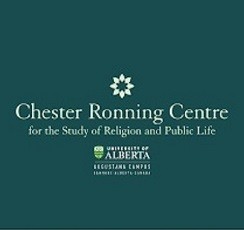Iain T Benson

Abstract
The Supreme Court of Canada’s decision in Chamberlain,referred to above, in how it handled the definition of “secular” and pluralism as requiring the inclusion of religion and religious viewpoints, is a model for the law and the first serious consideration of a non-atheistic/agnostic (or secularistic) “secular” in Canada. It, and the TWU decision, provide the beginning outlines of an approach to both pluralism and the secular that will be superior to the preemptively non-religious and atheistic/agnostic understandings that preceded them. The decision also correctly describes the nature of pluralism as one that encourages a diversity of beliefs and that resists the co-option of “secular” society by totalistic conceptions of liberalism that exclude diversity.
These decisions ought to lead to a reconsideration of how we view law and policies in relation to all public aspects of society, including public education. Pluralism can be and needs to be re-conceptualized within existing legal norms and the Canadian historical tradition, so as to foster a richer conception of diversity and genuine tolerance with an appropriately communitarian focus. For pluralism to be pluralism, however, it is important to rescue it from a pseudo-liberalism that hides its totalistic claims.
Benson IT, Fielding A. Living Together with Disagreement: Pluralism, the Secular, and the Fair Treatment of Beliefs in Canada Today [Internet]. Camrose, Alberta: The Ronning Centre for the Study of Religion and Public Life; 2010: 1-48.